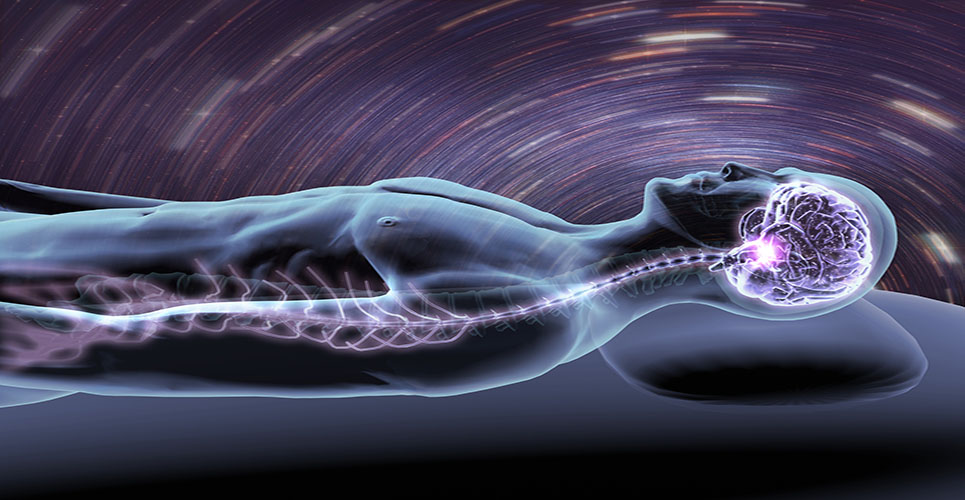↓Article continues below this sponsored advert↓

Explore the latest advances in respiratory care at events delivered by renowned experts from CofE
↑Advertisement↑
Novartis has announced that its meningococcal serogroup B (MenB) vaccine, Bexsero® (Meningococcal Group B Vaccine [rDNA, component, adsorbed]), will be used as part of a vaccination program at the University of California Santa Barbara (UCSB) that began on February 24th and will end on March 7th.
In the last three months, the Food and Drug Administration (FDA) has approved the use of Bexsero twice in response to MenB outbreaks at US college campuses.[1] More than 5,000 students were vaccinated at Princeton University and 20,000 students will be offered vaccination at UCSB.[2]
Bexsero is the only licensed broad coverage vaccine approved in Europe, Canada and Australia to help protect against invasive meningococcal disease caused by serogroup B. It was approved for use in the US under a treatment Investigational New Drug (IND) designation. Under this process, many weeks are required to gain administrative approvals, organise supply and delivery of the vaccine from countries where it is being used, and decide how vaccination programs will be managed at local sites.
Granting a US license for Bexsero for use in all adolescents and young adults would enable immediate response to future outbreaks and allow US families to have access to a vaccine to help protect against MenB.
“Having lost my son to meningitis, I know how dangerous the disease is and how quickly it can strike someone,” said Lynn Bozof, President of the National Meningitis Association. “Because it is impossible to know who will be affected and when, we look forward to the day when there is a licensed MenB vaccine in the US, which could help prevent other families from experiencing the devastation this disease causes.”
“These recent outbreaks remind us how unpredictable the disease can be and demonstrate the need to license Bexsero in the US. This would enable us to quickly respond to future outbreaks, while also having a vaccine available for those who might pre-emptively choose to protect themselves against the disease,” said Andrin Oswald, Division Head, Novartis Vaccines. “We will continue to work with the FDA to pursue a potential license for Bexsero in the US to help fulfil Bexsero’s this public health need.”
Novartis has submitted data from Bexsero’s comprehensive clinical program to the FDA, including information from clinical studies with almost 8,000 infant, children, adolescent and adult participants, which supported the license of the vaccine in Europe, Australia and Canada.[1]
While rare, MenB is a bacterial infection that progresses rapidly and can lead to death or permanent disability within 24 hours of symptom onset.[3,4] Because initial symptoms are often unspecified and flu-like, it can be difficult for even a healthcare professional to diagnose the disease in its early stages. About one in 10 of those with the disease will die despite treatment; and of those who do survive, one in five will suffer from devastating, life-long disabilities such as brain damage, hearing loss or limb loss.[2]
Adolescents and young adults are at an increased risk of contracting meningococcal disease, which is associated with changes in behaviour and lifestyle.[5–7] These age groups also have an unusually high case fatality rate from meningococcal disease.[5,6] Further, adolescents and young adults are more likely to be carriers of the bacteria than other age groups and can transmit the bacteria to family and friends.[8]
Outbreaks of invasive meningococcal disease happen without warning and the most effective way to prevent and control this aggressive disease is through the use of vaccines. A study published in Clinical Infectious Diseases in 2006 characterised outbreak-associated and sporadic cases in the US from 1992 through 2002 and identified 69 outbreaks (3–14 outbreaks per year).[9] From a public health standpoint, these outbreaks are disruptive to individuals and their communities, as they can create alarm and require extensive resources to manage, and those affected by the disease can suffer from serious disabilities. Currently, adolescents in the US are recommended to be vaccinated against four other serogroups that can cause bacterial meningitis (A, C, W-135 and Y).[10]
References
- Centers for Disease Control and Prevention. Serogroup B Meningococcal Vaccine and Outbreaks: Questions and Answers. Available at: http://www.cdc.gov/meningococcal/outbreaks/vaccine-serogroupB.html. Accessed February 2014.
- Centers for Disease Control and Prevention. Princeton University Meningococcal Disease Outbreak. December 2013. Available at: http://www.cdc.gov/meningococcal/outbreaks/princeton.htm. Accessed February 2014.
- Mayo Foundation for Medical Education and Research. Meningitis. April 2011. Available at: http://www.mayoclinic.com/health/meningitis/DS00118/DSECTION=symptoms. Accessed February 2014.
- World Health Organization. Meningococcal meningitis. Fact sheet #141. November 2012. Available at: http://www.who.int/mediacentre/factsheets/fs141/en/. Accessed February 2014.
- Cohn, A. et al. Changes in Neisseria meningitides Disease Epidemiology in the United States, 1998-2007: Implications for Prevention of Meningococcal Disease. Clinical Infectious Diseases. (2013) 50 (2): 184-191. Available at http://cid.oxfordjournals.org/content/50/2/184.full.pdf+html. Accessed February 2014.
- Harrison LH, Pass MA, Mendelsohn AB, et al. Invasive Meningococcal Disease in Adolescents and Young Adults. JAMA. 2001:286(6): 694-699. Available at: http://jama.jamanetwork.com/article.aspx?articleid=194084. Accessed February 2014.
- Harrison LH. A New Era in Adolescent Immunization. National Foundation of Infectious Diseases. Available at: http://www.medscape.com/infosite/nfid/article-1. Accessed February 2014.
- National Advisory Committee on Immunization. Update on the Invasive Meningococcal Disease and Meningococcal Vaccine Conjugate Recommendations. Canada Communicable Disease Report. April 2009, Vol. 36. Available at: http://www.phac-aspc.gc.ca/publicat/ccdr-rmtc/09pdf/acs-dcc-3.pdf. Accessed February 2014.
- Brooks R, Woods CW, Benjamin DK, Jr., Rosenstein NE. Increased case-fatality rate associated with outbreaks of Neisseria meningitidis infection, compared with sporadic meningococcal disease, in the United States, 1994-2002. Clinical Infectious Disease. (2006) 43 (1): 49-54. Available at: http://www.ncbi.nlm.nih.gov/pubmed/16758417. Accessed February 2014.
- Centers for Disease Control and Prevention. University of California, Santa Barbara Meningococcal Disease Outbreak. January 2013. Available at: http://www.cdc.gov/meningococcal/outbreaks/ucsb.html. Accessed February 2014.
- Centers for Disease Control and Prevention. Prevention and Control of Meningococcal Disease: Recommendations of the Advisory Committee on Immunization Practices (ACIP). March 2013. Available at: http://www.cdc.gov/mmwr/preview/mmwrhtml/rr6202a1.htm. Accessed February 2014.
